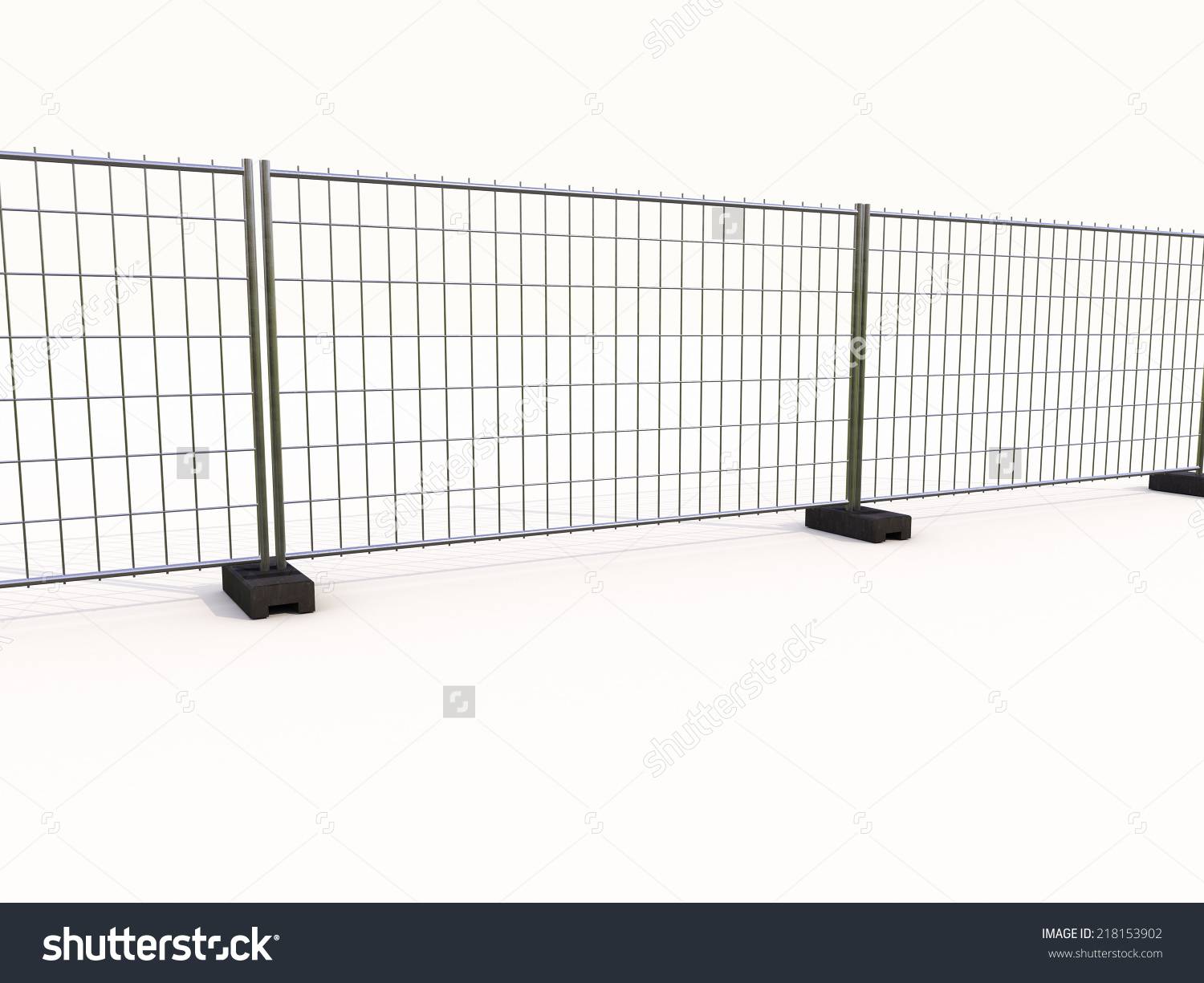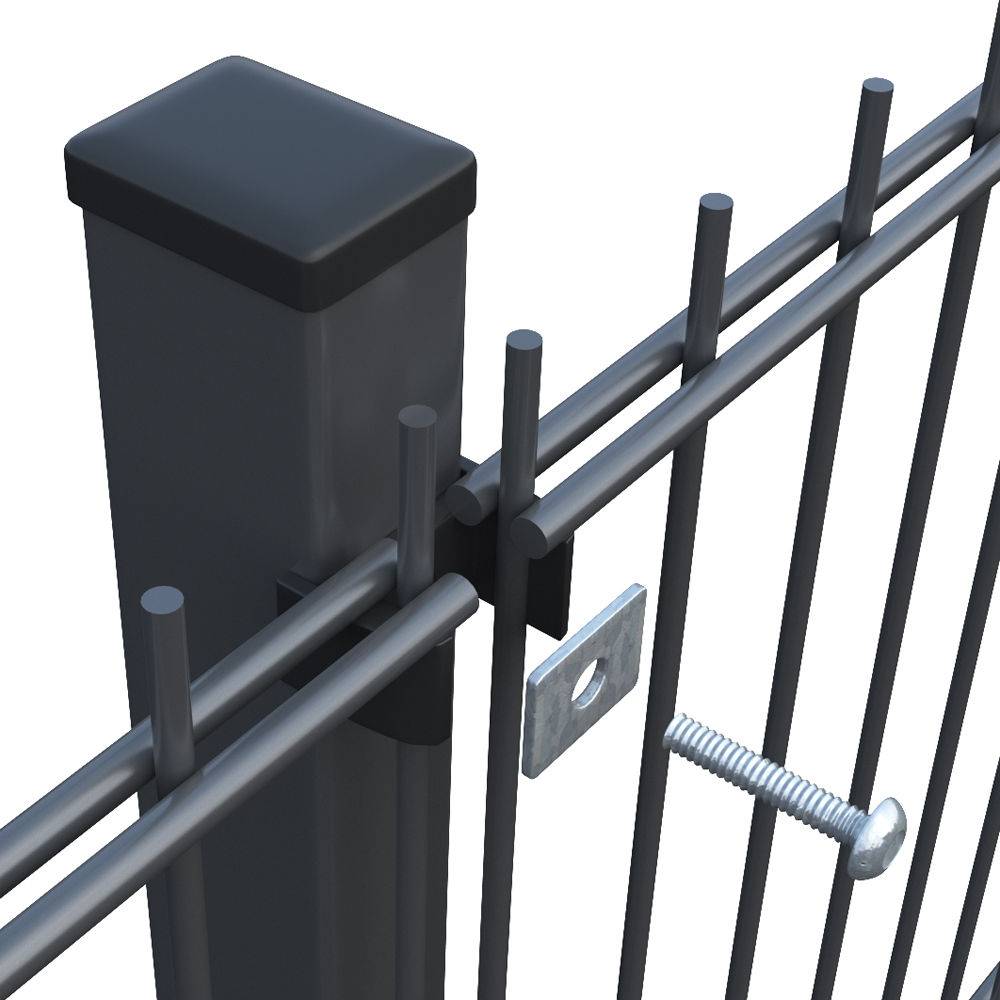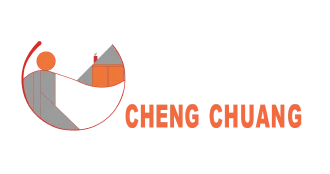

- Āfrikas
- albānis
- amharu
- arābu
- armēņu
- Azerbaidžāņu
- basku
- baltkrievu
- bengāļu
- bosniešu
- bulgāru valoda
- katalāņu
- Cebuano
- Ķīna
- China (Taiwan)
- Korsikānis
- horvātu
- čehu
- dāņu
- holandiešu valoda
- angļu valoda
- Esperanto
- igauņu
- somu
- franču valoda
- frīzu valoda
- Galisiešu
- gruzīnu
- vācu
- grieķu valoda
- gudžaratu
- Haiti kreols
- hausa
- havajietis
- ebreju valoda
- Nē
- Miao
- ungāru
- islandiešu
- igbo
- Indonēziešu
- īru
- itāļu valoda
- japāņi
- javiešu
- kannada
- kazahu
- khmeru
- Ruandā
- korejiešu
- kurdu
- Kirgizstānas
- Darbaspēks
- latīņu valoda
- latviski
- lietuviešu
- luksemburgiešu
- maķedonietis
- malagasu
- malajiešu
- malajalu
- maltiešu
- maori
- maratu
- mongoļu valoda
- Mjanma
- Nepāliešu
- norvēģu
- norvēģu
- oksitāņu
- puštu
- persiešu
- poļu
- portugāļu
- pandžabu
- rumāņu
- krievu valoda
- Samoan
- Scottish Gaelic
- Serbian
- Sesotho
- Shona
- Sindhi
- Sinhala
- Slovak
- Slovenian
- Somali
- Spanish
- Sundanese
- Swahili
- Swedish
- Tagalog
- Tajik
- Tamil
- Tatar
- Telugu
- Thai
- Turkish
- Turkmen
- Ukrainian
- Urdu
- Uighur
- Uzbek
- Vietnamese
- Welsh
- Bantu
- Yiddish
- Yoruba

Black Metal Fence Panels: The combination of modern aesthetics and practical functionality
Black Metal Fence Panels, as a popular fence solution, play an increasingly important role in modern architectural design. It not only provides security, but also endows buildings with modern aesthetics and practical functions through its unique materials, colors, and design.

From a material perspective, Black Metal Fence Panels are typically made of metal materials such as steel, iron, or aluminum alloys, which undergo rust prevention treatment and spray coating processes to give metal fences and gates excellent weather resistance and durability. Compared to traditional wooden fences, metal fence boards are less prone to decay and deformation, and are more resistant to natural environmental erosion, greatly extending their service life and reducing maintenance costs. In addition, the plasticity of metal materials provides designers with greater creative space, allowing them to create various styles of fence panels through different welding, bending, and stamping processes.
The color selection of Black Metal Fence Panels reflects the simplicity and restraint of modern design
Black, as a classic color, can blend harmoniously with the surrounding environment and highlight the contours and lines of buildings. Metal garden fence panels can create a calm and atmospheric feeling, as well as showcase a fashionable and avant-garde style. In addition, black also has the characteristic of absorbing heat, which can absorb the heat of sunlight in winter, thereby reducing the temperature of the fence surface and reducing the risk of snow and ice accumulation.
In terms of functionality, the main role of Black Metal Fence Panels is to provide security and privacy protection
metal picket fence can effectively prevent illegal intrusion and safeguard the personal and property safety of residents. At the same time, the design of the fence board can also be adjusted according to actual needs, such as increasing the height of the fence and reducing the gap between the fences, thereby enhancing the effect of privacy protection. In addition, fence boards can also serve to separate spaces and beautify the environment, creating a more comfortable and private living environment for residents.
Black Metal Fence Panels are not perfect either
The cost of metal picket fence is relatively high, and the installation process also requires professional technical support. In addition, in the hot summer, the surface of black metal is prone to absorbing a large amount of heat, causing the temperature of the fence surface to be too high, which may burn the touch. Therefore, when choosing Black Metal Fence Panels, it is necessary to comprehensively consider their advantages and disadvantages, and make reasonable choices and designs based on actual needs.
In summary, Black Metal Fence Panels play an important role in modern architectural design with their unique materials, colors, and designs. It not only provides security and privacy protection, but also enhances the overall beauty of the building with its simple and atmospheric style. In the future, with the continuous development of technology and the increasing demand for quality of life, the design of Black Metal Fence Panels will become more diversified and intelligent, creating a safer, more comfortable, and more beautiful living environment for people.
Black Metal Fence Panels FAQs
What is Black Metal Fence Panels?
Black Metal Fence Panels are fence panels made of steel, aluminum, or cast iron, with a surface that has been painted, powder coated, or galvanized to present a black appearance. They are commonly used for residential, commercial, or industrial fences, providing both safety and modern minimalist aesthetic effects.
What are the common materials for Black Metal Fence Panels?
Steel: the most common, economical and durable, usually using powder coating for rust prevention.
Aluminum: lightweight and corrosion-resistant, suitable for humid areas, but slightly lower in strength.
Cast iron: Classical style, thick and sturdy, commonly used for decorative fences.
Stainless steel: a high-end choice with strong rust resistance, but at a higher cost.
Why choose black metal fence board?
Aesthetics: Black versatile, suitable for modern, industrial or traditional styles.
Stain resistance: Compared to light colored fences, black is more resistant to stains and fading.
Rust prevention protection: High quality black coating (such as powder coating) can extend the life of metals.
Privacy and Security: Can be paired with a dense pattern design to enhance the occlusion effect.
How to install Black Metal Fence Panels?
Fixed method: Usually fixed to the column by bolts or welding.
Foundation requirements: Concrete pouring column foundation to ensure stability.
Alignment adjustment: Use a spirit level to ensure that the panel is vertical and horizontal.
Spacing control: Leave appropriate gaps between panels to accommodate thermal expansion and contraction.
How to maintain black metal fence panels?
Regular cleaning: Wipe the surface dust with clean water and neutral detergent.
Check the coating: If scratches or rust are found, promptly touch up the paint to prevent rust.
Fastener inspection: Check bolts and welding points for looseness annually.
Avoid corrosion: Keep away from chemicals such as de icing salts, and choose rust resistant materials in coastal areas.
Ieteicamie produkti
Jaunākās ziņas par CHENG CHUANG
-
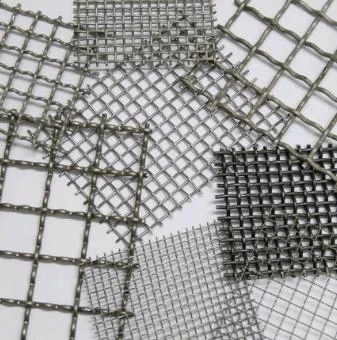 Wire mesh is durableWire mesh represents a cornerstone of modern industrial and agricultural solutions, offering unmatched versatility across countless applications.Lasīt vairāk >
Wire mesh is durableWire mesh represents a cornerstone of modern industrial and agricultural solutions, offering unmatched versatility across countless applications.Lasīt vairāk >Jul 11 2025
-
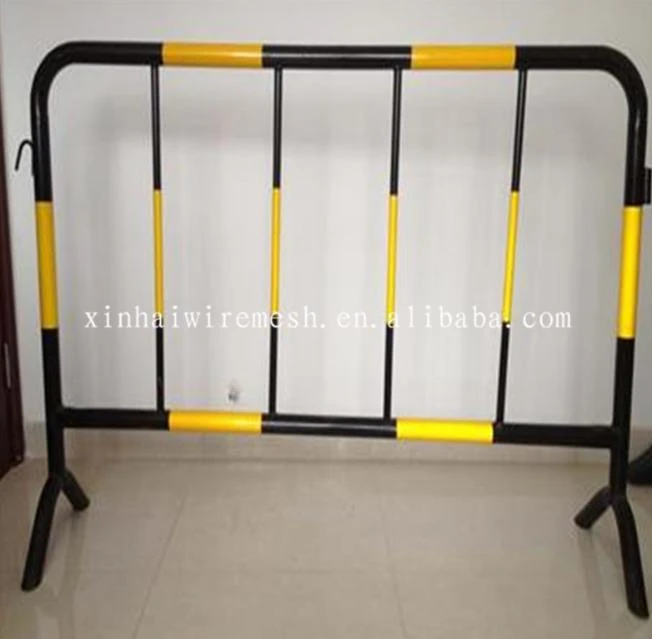 Safety barrier directs traffic flowIn high-risk environments, safety barrier systems stand as non-negotiable guardians against catastrophic incidents.Lasīt vairāk >
Safety barrier directs traffic flowIn high-risk environments, safety barrier systems stand as non-negotiable guardians against catastrophic incidents.Lasīt vairāk >Jul 11 2025
-
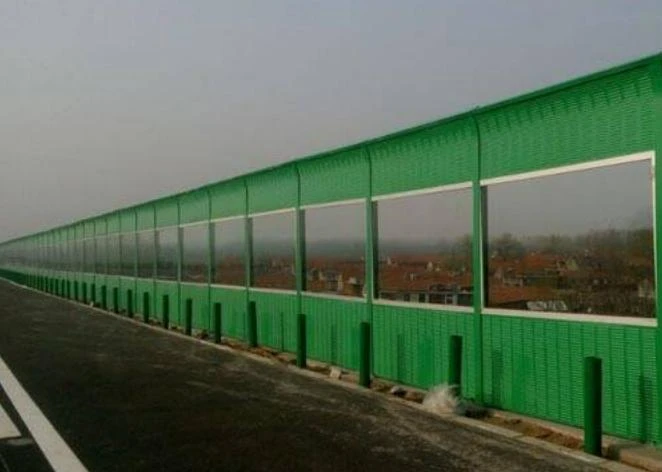 Modular Noise Barrier Eases InstallationUrbanization intensifies noise pollution, making noise barrier systems essential for preserving human health and tranquility.Lasīt vairāk >
Modular Noise Barrier Eases InstallationUrbanization intensifies noise pollution, making noise barrier systems essential for preserving human health and tranquility.Lasīt vairāk >Jul 11 2025
-
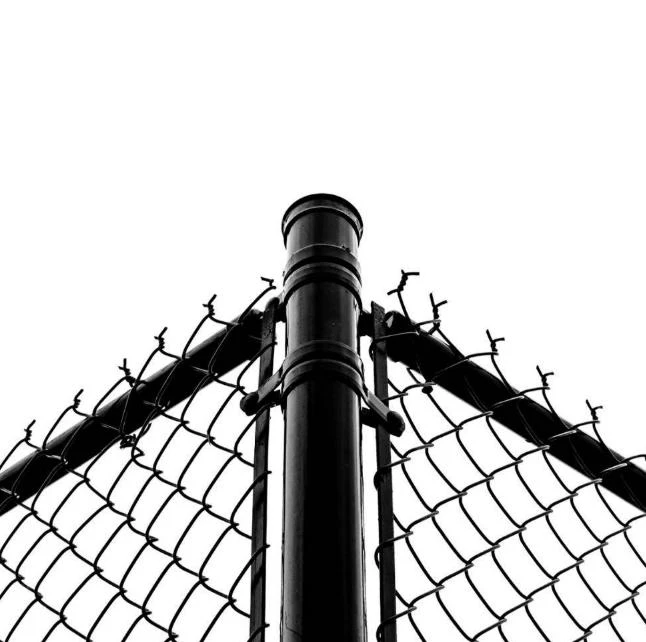 Metal fence types enhance securityMetal fence types form the backbone of modern perimeter security solutions worldwide.Lasīt vairāk >
Metal fence types enhance securityMetal fence types form the backbone of modern perimeter security solutions worldwide.Lasīt vairāk >Jul 11 2025
-
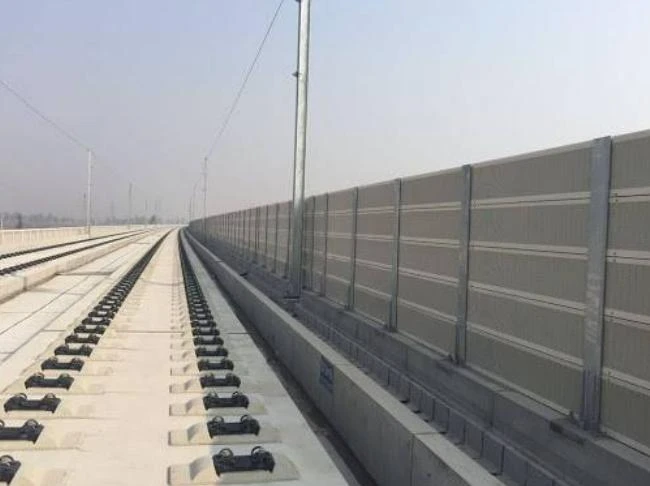 Crowd Control Barrier Manages Foot TrafficThe management of public gatherings demands precision, safety, and reliability, making crowd control barrier systems indispensable tools for organizers worldwide.Lasīt vairāk >
Crowd Control Barrier Manages Foot TrafficThe management of public gatherings demands precision, safety, and reliability, making crowd control barrier systems indispensable tools for organizers worldwide.Lasīt vairāk >Jul 11 2025
